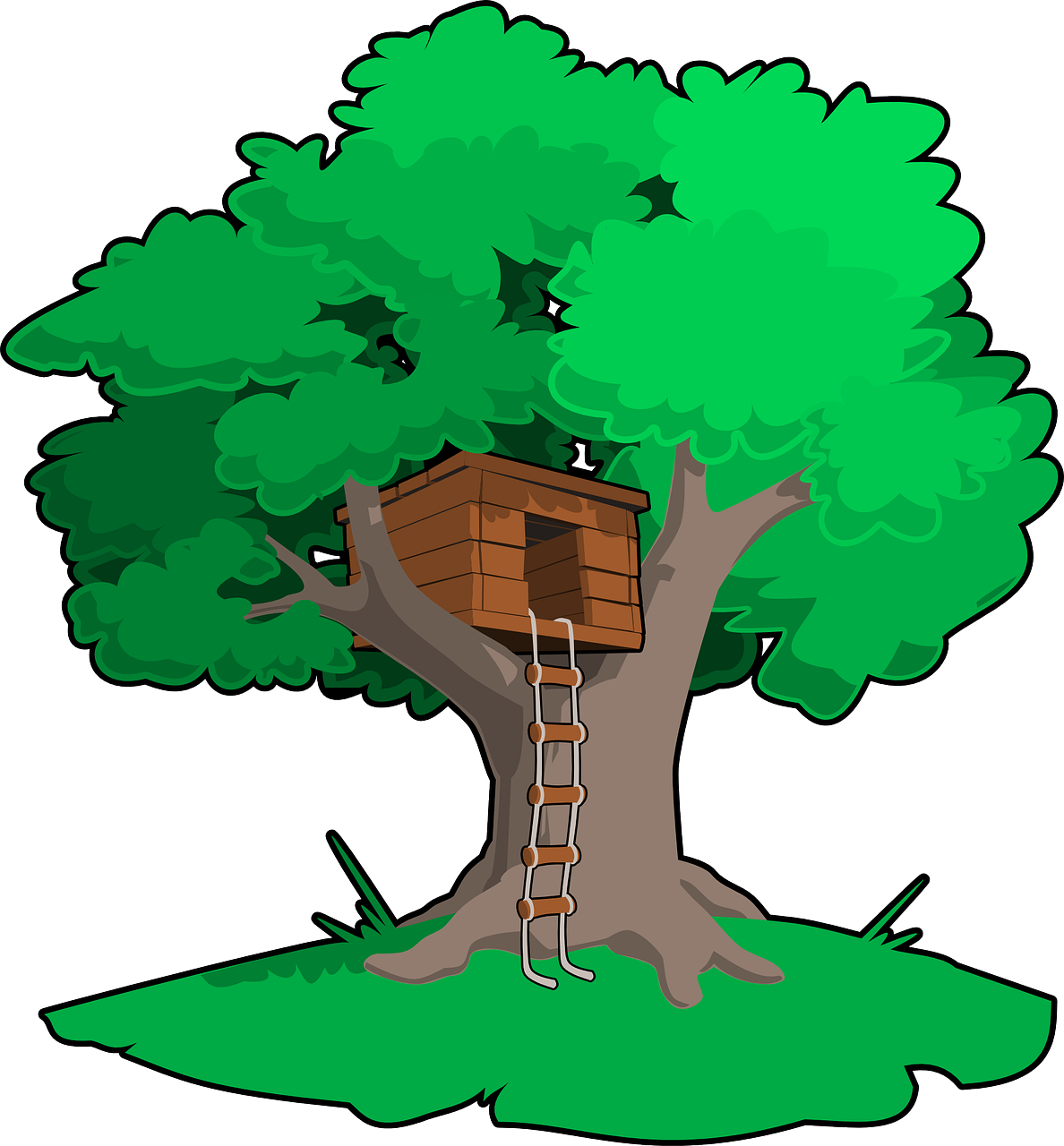6 REASONS WHY SOCIAL SCIENCE CLASSES NEED TO “MAKE”
 Making is deep in our DNA. Indeed, is not the process of making, playing, and improving something how we naturally learn? My first encounter with a hammer and nails, a rope and make-shift pulley system came to us while creating a fort high in an olive tree grove next to our house. Through trial and error, we created a beacon of 80s childhood glory high in the treetops. This is not a unique story. Humans make.
Making is deep in our DNA. Indeed, is not the process of making, playing, and improving something how we naturally learn? My first encounter with a hammer and nails, a rope and make-shift pulley system came to us while creating a fort high in an olive tree grove next to our house. Through trial and error, we created a beacon of 80s childhood glory high in the treetops. This is not a unique story. Humans make.
Should not our classes emphasize the same?
Maker Education stems (no pun intended) from the Constructivist theory of learning. Technically called Constructionism, Sheridan, Halverson, Litts, Brahms, Jacobs-Priebe, & Owens (2014) argue that this school of thought “focus[es] explicitly on how the making of external artifacts supports learners’ conceptual understanding” (p. 507). Learning is best produced by making things. Therefore, making is the process of play with a purpose. Whether designing, tinkering, or trying to solve a problem, making and makerspaces have begun emerging in schools to reinforce deeper learning.
While STEM and creating makerspace dedicated to engineering is all the rage in schools across the country, what role does making play in the Social Sciences? History, Government, and Psychology tend to focus on lecture and student note-taking. However, creating and making is as vital to the Social Sciences as it is to the Sciences.
The application of the Historical Thinking Skills to the High School classroom is a recent development. Emphasizing source analysis, periodization, continuity and change, among others, has challenged Social Science teachers to go deeper with their students. Beyond the rote memorization, matching keyword term quizzes, and silent textbook reading lay the promise of a better way. Making, project/problem-based learning, and inquiry-based learning are the future of the Social Sciences.
In the infograph below, I make a case for six reasons why Social Science classes ought to embrace a making culture, and through it project/problem-based learning and inquiry-based learning.
What is not included are concrete ideas on how to execute Maker education in the Social Science classroom. A followup infograph and separate post will be needed to tackle that topic.
But to briefly speak to that, making can look like an open-ended project where students can attempt to recreate some historical artifact, create an ebook for other students, or create instructional remix videos on some historical topic. Indeed, in 2017, a few of my students created “Top 10” “Watch Mojo” style education videos posted to Youtube. These are some answers to the how question. But first is the why.
I only identified 6 reasons why a social science class should become a maker class. There are others, no doubt.
What other “whys” do you see that I missed?
For more inspiration on Maker Education, Making, and Makerspaces follow #MakerED

REFERENCES
Bransford, J.D., Brown, A.L., & Cocking, R.R. (2000). How people learn: Brain, mind, experience and school. National Academies Press. Retrieved from http://www.nap.edu/openbook.php?isbn=0309070368.
Halverson, E.R. & Sheridan, K. (2014). The maker movement in education. Harvard Educational Review, 84(4), 495-465.
O’Donnell, A. (2012). Constructivism. In APA Educational Psychology Handbook: Vol. 1. Theories, Constructs, and Critical Issues. K. R. Harris, S. Graham, and T. Urdan (Editors-in-Chief). Washington, DC: American Psychological Association. DOI: 10.1037/13273-003.
Sheridan, K. Halverson, E.R., Litts, B.K., Brahms, L, Jacobs-Priebe, L., & Owens, T. (2014) Learning in the making: A comparative case-study of three maker spaces. Harvard Educational Review, 84(4), 505-565.
The infograph was created using Piktochart. All images used were either native to the software or were found using Pixabay.
Category: BLOG, MAET, PEDAGOGY
Tagged: CEP811, Historical Thinking Skills, history, Infograph, MAET, making, pedagogy, Piktochart, Social Science

